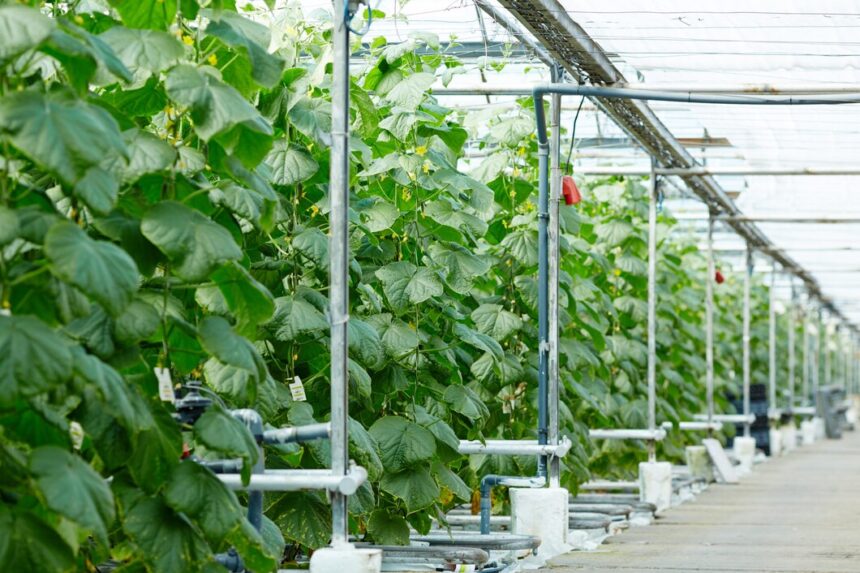Urbanization in South Africa presents unique challenges for traditional agriculture due to limited space and growing population densities. Vertical farming offers a sustainable solution by maximizing land use efficiency and reducing environmental impact. Here are ten innovative ways vertical farming can be utilized in urban South Africa:
- High-Rise Greenhouses: Constructing high-rise greenhouses on rooftops or vacant lots in urban areas allows for the cultivation of a variety of crops vertically. This method optimizes space and sunlight exposure while minimizing land use.
- Hydroponic Systems: Implementing hydroponic systems, where plants are grown in nutrient-rich water solutions without soil, is ideal for urban environments. These systems use less water than traditional farming and can be set up indoors or in controlled environments.
- Aeroponics: Utilizing aeroponic systems, which grow plants with their roots suspended in the air and misted with nutrient solutions, is another space-efficient method. Aeroponics reduces water usage even further and promotes rapid plant growth.
- Vertical Aquaponics: Integrating aquaponic systems vertically combines fish farming (aquaculture) with hydroponics. Fish waste provides nutrients for plants, and plants filter water for the fish, creating a sustainable closed-loop system in limited urban spaces.
- Modular Farming Units: Deploying modular farming units, such as vertical farming towers or shipping container farms, allows for scalable and adaptable agricultural production in urban settings. These units can be easily installed and relocated as needed.
- Indoor Vertical Farms: Establishing indoor vertical farms using stacked growing trays or shelves under controlled environments (e.g., LED lighting, climate control) enables year-round production of high-value crops like herbs, leafy greens, and microgreens.
- Community Gardens and Vertical Farms: Encouraging community participation through shared vertical farming spaces or community gardens fosters social cohesion and provides access to fresh, locally grown produce in urban neighborhoods.
- Educational and Research Facilities: Establishing vertical farms within educational institutions and research facilities promotes innovation and knowledge sharing in urban agriculture techniques, contributing to sustainable food production practices.
- Restaurant and Market Partnerships: Collaborating with restaurants, markets, and local businesses to supply fresh produce from urban vertical farms strengthens local food networks, reduces transportation emissions, and supports the economy.
- Green Building Integration: Integrating vertical farming into green building designs, such as living walls or green facades, enhances urban aesthetics, improves air quality, and contributes to urban biodiversity while producing food locally.
In conclusion, vertical farming presents a viable solution to enhance food security, promote sustainable agriculture, and mitigate environmental impacts in urban South Africa. By leveraging these ten innovative approaches, urban communities can embrace vertical farming as a means to cultivate fresh, nutritious produce locally and sustainably meet the growing demand for food in densely populated areas.
Join 'Farmers Mag' WhatsApp Channel
Get the latest Farming news and tips delivered straight to your WhatsApp
CLICK HERE TO JOIN






